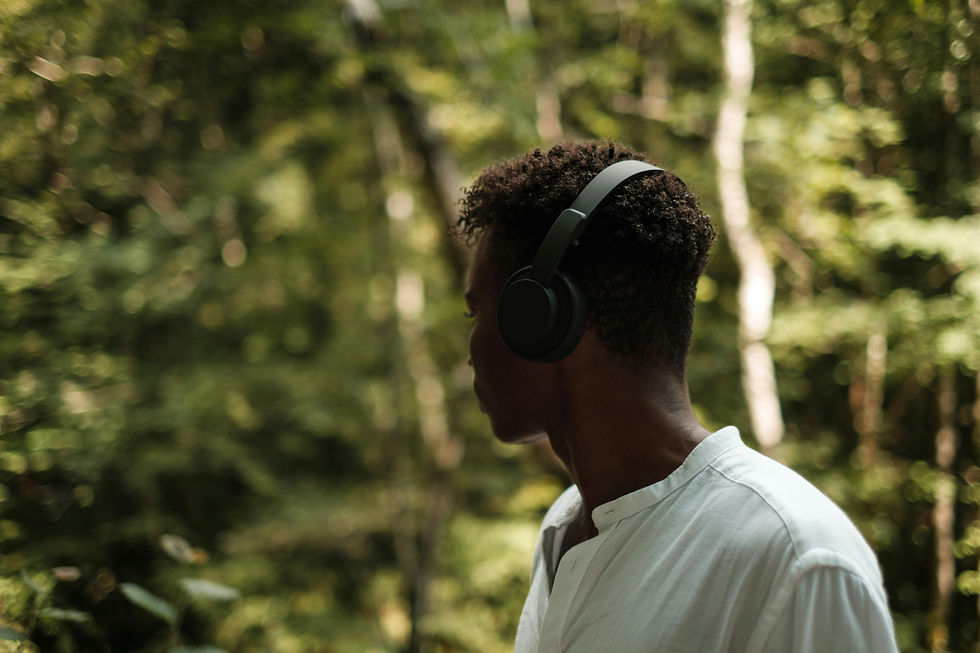Using Sound To Evoke Fear in Horror Films
- Tyler Scott
- Oct 27, 2023
- 2 min read
Updated: Oct 30, 2023

It's spooky season, and what's halloween without the terror of horror films? Sound is a key component in creating a feeling of fear in horror films. In this blog, we will unpack some of the ways that sound is used to evoke fear in scary movies.
Building Suspense: Sound can be used to build suspense and anticipation. By employing eerie and unsettling soundscapes, filmmakers can make the audience feel uneasy even before any frightening events occur. This tension creates a sense of foreboding.
Jump Scares: Sudden loud sounds, often referred to as jump scares, can shock and startle the audience. These abrupt audio cues are often used in conjunction with startling visual images to maximize the scare factor.
Sound Design: The soundscape in a horror film can be designed to evoke specific emotions and reactions. Elements like creaking doors, footsteps, whispers, and other subtle but unsettling sounds can create an eerie ambiance.
Music and Score: The musical score of a horror film is critical in setting the mood. Composers often use dissonant and jarring music to create tension. Iconic horror movie themes, like those from "Psycho" or "The Exorcist," are instantly recognizable and contribute to the overall horror experience.
Isolation and Claustrophobia: Sound can also be used to convey isolation and claustrophobia. In many horror films, characters find themselves in remote, confined, or desolate settings, and sound can reinforce this by creating a sense of emptiness or confinement.
Sound Effects: Sound effects play a crucial role in generating scares. For example, the guttural growl of a monster or the screech of a ghost can be terrifying when combined with the right visual effects.
Silence: The use of silence or the sudden absence of sound can be just as powerful as loud noises. It can create a moment of unease, as the audience anticipates something dreadful to occur.
Sound Layering: Layering different sounds can create complexity in the audio experience. Subtle whispers or voices in the background can add an additional layer of creepiness.
Sound Location: The placement of sounds in a surround sound system can make the audience feel as if the source of a particular sound is close or far away, helping to build tension and suspense.
Psychological Impact: Sound has a profound impact on the human psyche. The right combination of sounds can tap into primal fears, invoking a visceral reaction from the audience.
In summary, sound in horror and scary movies is a powerful tool that can evoke fear, tension, and dread in the audience. It works in conjunction with visuals, storytelling, and other cinematic elements to create an immersive and terrifying experience. The careful use of sound can be the difference between a run-of-the-mill horror film and a truly spine-tingling one.
In honor of Halloween, enjoy our playlist filled with spooky soundscapes from some classic horror films.
Did you enjoy the playlist? Let us know @healthandbass :)
.png)




Comments